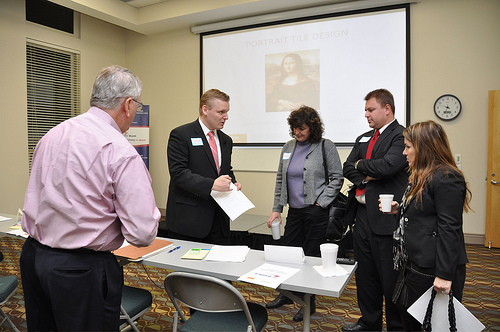When it shows up in Harvard Business Review, maybe there’s something to this…
I’m referring to a recent article outlining the potential made available in the workplace through the practice of mindfulness. Genentech began this effort more than 6 years ago, and they report the benefits continuing to grow. I’ve left you a link to an HBR article about this below, and encourage you to read further there. And, just having spent 5 days at the Scientific Conference at the Center for Mindfulness, UMass Medical School, I can tell you that interest in mindfulness in the workplace is HOT. Because one way or another, we all have work to do. So what better place to develop clarity, emotional intelligence, focus, inner fortitude, and compassion?
Here’s one of Genentech’s gems. It’s called the 3-Center Check In. It’s based on the fact that most of us are operating under the incomplete assumption that thought alone will get us through. To get all of your resources in play, there’s a lot more information you need access to. Put simply, you’ll need to invite body sensations and feelings into the picture. For many of you, that’s going to sound strange, maybe off-putting. Still, try the following 3-Center exercise a few times this week and see what comes of it. Here’s how:
Beginning with thought, ask yourself, What am I thinking right now? and pause, letting yourself become aware of the content, message, tone without engaging with any of it. Stay with this for a few breaths. Maintain an allowing attitude, with no need to judge or manage anything you observe. Next, ask, What am I feeling right now?, and pause, letting yourself feel what’s in your heart. Stay with this for a few breaths, as a companion to whatever you find. Now, ask, What am I feeling right now? and open your awareness to your whole body, all the physical sensations, surface and interior. Pause, letting yourself be aware without needing to change or fix anything.
This whole exercise can take about a minute, or less if that’s all you have. Genentech’s meditation teacher/consultant calls this the “gateway drug” to mindfulness, without having to call it meditation at all. It’s a simple, efficient way to call all your resources together, for the work ahead. Check in to the three centers–mind, heart, body–as often as possible. You can do it multiple times a day. You can do it anytime, anywhere. You can try it to see what effect it has on your day, your week. Try it!
Now, here’s the link to the Genentech story. Enjoy!
http://blogs.hbr.org/cs/2011/12/developing_mindful_leaders.html







